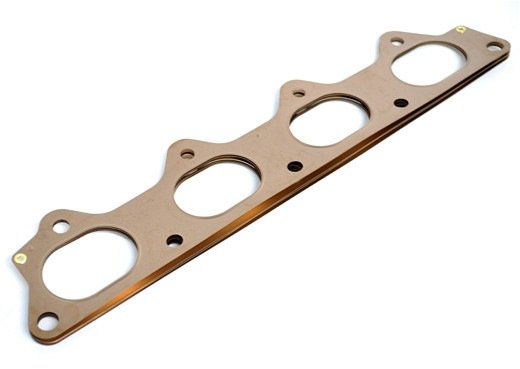
How belt pulleys work
There are two main types of automotive pulleys: crank pulleys and accessory pulleys. Most pulleys are driven by the crankshaft main pulley, which is bolted to the crankshaft. When the engine is running, the crank pulley rotates, transmitting motion to other pulleys via the V-ribbed belt or V-belt.
Sometimes the camshaft has a power take-off, with the camshaft connected to the crankshaft by sprocket-driven belts or chains. In this case, the accessories driven by the camshaft pulley are also indirectly driven by the crankshaft.
How Pulleys Work
When one of the accessory pulleys rotates due to the movement of the drive belt, it causes the accessory to be activated. For example, the movement of a generator pulley causes a magnetic field to form, which is then converted into electricity, causing the generator to work. The power steering pump pulley pressurizes and circulates the fluid to make driving easier. In most cases, when the engine is running, the pulleys activate the accessories. However, there are exceptions. For example, your air conditioner compressor has a built-in clutch so it spins freely even when the air conditioner is not on.
Tensioner and idler rollers are slightly different. They do not control accessories or provide power. An intermediate pulley can sometimes replace an accessory, or can simply be incorporated into a serpentine belt system, forming part of a complex belt path. These pulleys are not that complicated - they simply consist of a cylindrical mechanism and a bearing, and when rotated, they rotate freely. Tensioner rollers work in much the same way, but they also keep the belts properly tensioned. They use spring-loaded levers and screws to apply proper pressure to the system.
This is a fairly simplified overview of the belt pulleys in your car. All you really need to know is that without the complex pulley system under the hood, your car would be out of control.
